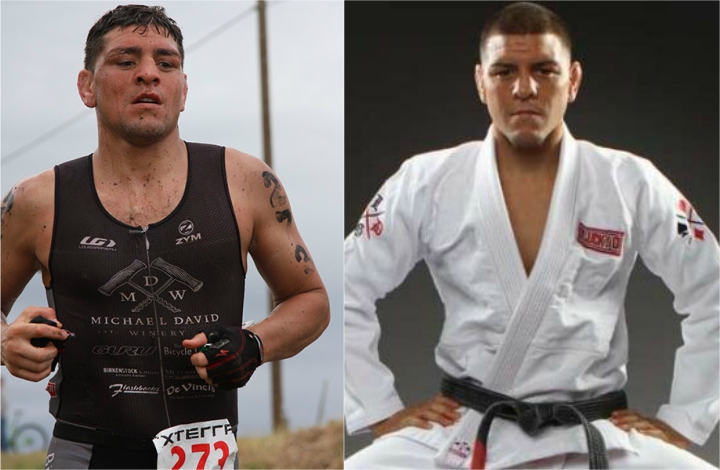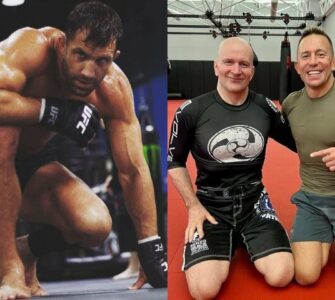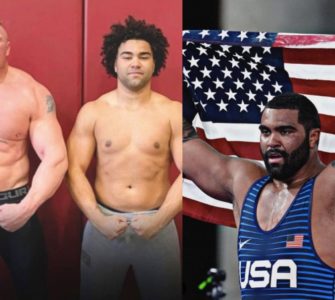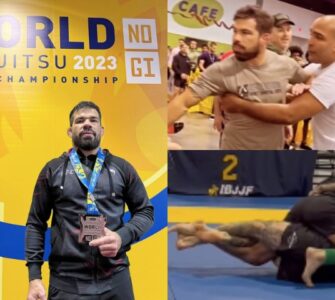The training and conditioning requirements in Brazilian Jiu-Jitsu (BJJ) differ significantly from those in striking-based martial arts like boxing and Muay Thai, which explains why running is less emphasized in BJJ training.
- Sport-Specific Conditioning: In BJJ, the focus is primarily on grappling, which involves a different kind of cardiovascular and muscular endurance compared to striking sports. BJJ athletes need to develop strength, flexibility, and endurance in close-contact, ground-based grappling situations, which requires a different type of conditioning.
- Energy System Utilization: Boxing and Muay Thai rely heavily on aerobic conditioning. Running is an effective way to build the kind of cardiovascular endurance needed for these sports, as they involve continuous movement and striking over extended periods. In contrast, BJJ often involves bursts of intense activity followed by periods of strategic movement or control, engaging both aerobic and anaerobic energy systems differently.
- Muscle Groups and Movement Patterns: BJJ focuses on the use of leverage, joint locks, and chokeholds, which require strong core, hip, and back muscles, as well as overall body coordination. The muscle groups and movements used in BJJ are different from those primarily used in running. BJJ athletes often focus more on drills and exercises that mimic the movements and scenarios encountered on the mat.
- Injury Risk and Training Emphasis: Long-distance or frequent running can sometimes lead to overuse injuries, especially in the lower body, which could be detrimental to a BJJ practitioner’s performance. Additionally, BJJ athletes might prioritize time on the mat for skill work and live rolling (sparring) over running, as these are more directly applicable to their sport. Running cannot be considered healthy. It is certainly harmful and creates impact on the joints. That impact, when consistent will, over the course of time ,accelerate the wear and tear on the knee joints and hip joints. Very few people that started running regularly in their 20’s are still able to run when they are 50+. Running accelerates the need for hip replacements and knee surgeries.
How can the negative effects of running be reduced?
1. Stretch before and after running.
2. Have your gait (the way your feet fall) assessed and buy running shoes appropriate for your gait.
3. Only run 500 miles in a set of running shoes. Retire them at that distance, be strict about this. Never wash your running shoes in a machine as the wash cycle will potentially change the absorption mechanics of the sole and support. Once retired you can wear the shoes for the gym only or for walking in and wash them as much as you like.
4. Try to only run on soft ground. Severely limit the distances you run on concrete/tarmac/pavements. Run in the park or the woods.
- Alternative Conditioning Methods: BJJ athletes often engage in other forms of conditioning more relevant to their sport. This can include interval training, circuit training, swimming, and specific strength and conditioning exercises designed to improve performance on the mat.
That said, it’s not unusual for BJJ athletes to include some running or other forms of cardiovascular training in their routines. The choice of conditioning methods often depends on the individual athlete’s needs, preferences, and the specific demands of their upcoming competitions or fights.

















